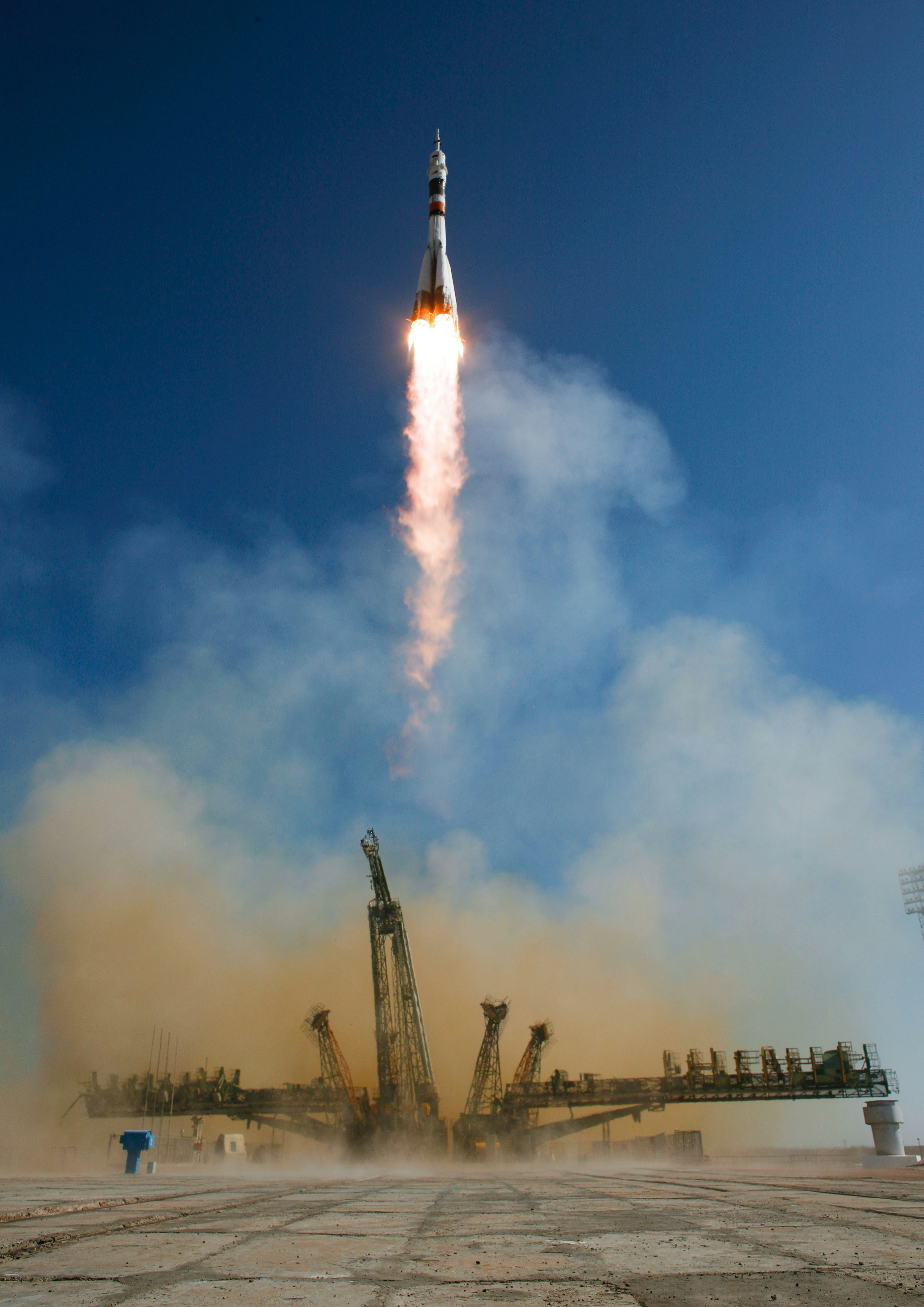
Boeing as a space agency has recently provided NASA with assistance on sending humans to the ISS from American with both their construction of the CST-100 Starliner crew capsule and their work on the SLS Avionics to return to the moon and beyond. Their ventures in GPS satellite systems and Tracking and Data Relay Satellites provide information about earth-orbiting craft to stations on the ground. They also enable research on the ISS and will be helping with the construction of the Lunar Gateway.
Spacecraft

Type: Capsule
Capability: Cargo and Human Transportation
History: The design draws upon Boeing's experience with NASA's Apollo, Space Shuttle and ISS programs as well as the Orbital Express project sponsored by the Department of Defense. A variety of validation tests have been underway on test articles since 2011. The uncrewed orbital flight test launched on December 20, 2019, but after deployment, an 11-hour offset in the mission clock of Starliner caused the spacecraft to do a large engine burn, consumeing to much fuel, to reach the International Space Station, leading to an early return. A second uncrewed orbital flight test launched on May 19, 2022, which successfully reached the International Space Station.
Details: The Boeing CST-100 Starliner (Crew Space Transportation) crew capsule is a spacecraft design under construction by Boeing as their entry for NASA's Commercial Crew Development program. Its primary purpose is to transport crew to the International Space Station and to private space stations. It is launched on United Launch Alliance Atlas V Rocket.
Maiden Flight: 2019-08-17
Height: 5.03 meters
Diameter: 4.56 meters
Payload Capacity: kg
Flight Life: 210 days docked, 60 hours free flight.
Wiki Link: https://en.wikipedia.org/wiki/Boeing_CST-100_Starliner

Type: Spaceplane
Capability: It is boosted into space by a launch vehicle, then re-enters Earth's atmosphere and lands as a spaceplane. The X-37 is operated by the United States Space Force for orbital spaceflight missions intended to demonstrate reusable space technologies.
History: In 1999, NASA selected Boeing Integrated Defense Systems to design and develop an orbital vehicle, built by the California branch of Boeing's Phantom Works. Over a four-year period, a total of US$192 million was spent on the project, with NASA contributing US$109 million, the U.S. Air Force US$16 million, and Boeing US$67 million. In late 2002, a new US$301 million contract was awarded to Boeing as part of NASA's Space Launch Initiative framework. The X-37 was transferred from NASA to the Defense Advanced Research Projects Agency (DARPA) on 13 September 2004. Thereafter, the program became a classified project. DARPA promoted the X-37 as part of the independent space policy that the United States Department of Defense has pursued since the 1986 Challenger disaster.
Details: The Boeing X-37, also known as the Orbital Test Vehicle (OTV), is a reusable robotic spacecraft. It is boosted into space by a launch vehicle, then re-enters Earth's atmosphere and lands as a spaceplane. The X-37 is operated by the United States Space Force for orbital spaceflight missions intended to demonstrate reusable space technologies. It is a 120-percent-scaled derivative of the earlier Boeing X-40. The X-37 began as a NASA project in 1999, before being transferred to the United States Department of Defense in 2004. Until 2019, the program was managed by Air Force Space Command.
Maiden Flight: 2010-04-22
Height: 8.92 meters
Diameter: 4.55 meters
Payload Capacity: 227 kg
Flight Life: Multiple years in orbit
Wiki Link: https://en.wikipedia.org/wiki/Boeing_X-37